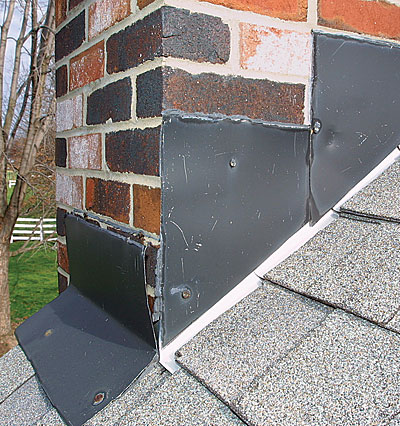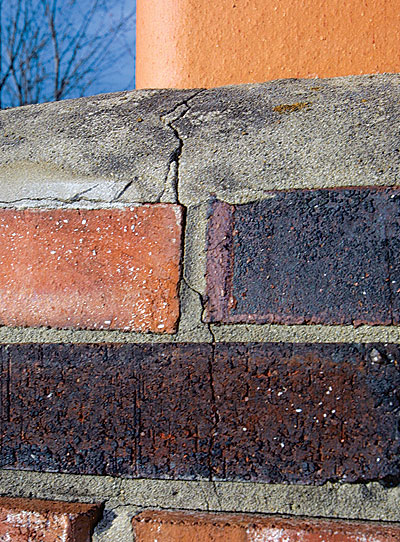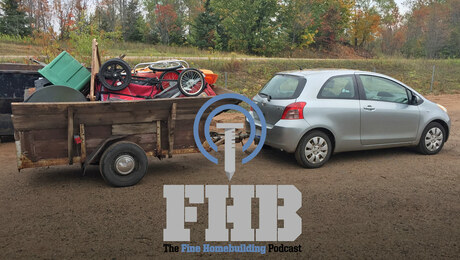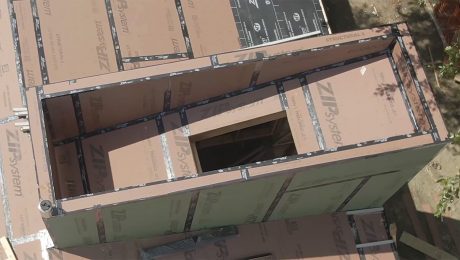Q:
During a recent heavy rain, I noticed a steady drip near my fireplace. The drip indicates a leak somewhere around my chimney. I’m not sure if the water is getting in through mortar joints (some have hairline cracks) or through the brick. Is there a way to seal the brick and the cracks? I’ve ruled out all other entry points.
Mike Guertin, East Greenwich, RI
A:
Cody Macfie, owner of Steep Creek Stoneworks Inc. in Brevard, N.C., replies: In terms of water entry, the most-important part of a chimney is the flashing. If the flashing isn’t installed properly, sealing the brick and the mortar joints will be about as productive an endeavor as trying to have a conversation with a fish. If you’re sure the flashing is fine, though, and you have eliminated all other potential problem areas, sealing the brick and the mortar is inexpensive and easy.
To seal mortar cracks and brick, I use a waterproof sealant by Prosoco called Siloxane PD (www.prosoco.com; about $25 a gal., available at most masonry-supply stores). I don’t add water to the Siloxane PD, and I like to apply it with a garden sprayer so that I can spray it directly into the cracks. After all cracks have been filled, apply a couple of layers of Siloxane PD over the entire chimney to seal the brick.
Seal the cracks before they’re too far gone. Hairline cracks in brick and mortar can be sealed. The larger cracks in this chimney cap should be repointed before penetrating sealant is applied.
Daniel S. Morrison

Inspect the flashing. Improperly installed flashing can cause major water damage. Unlike this application, flashing should tuck into the mortar joints and fold around the chimney’s corner
Daniel S. Morrison



























View Comments
How often should I apply a siloxane sealer to my exterior chimney bricks & grout?